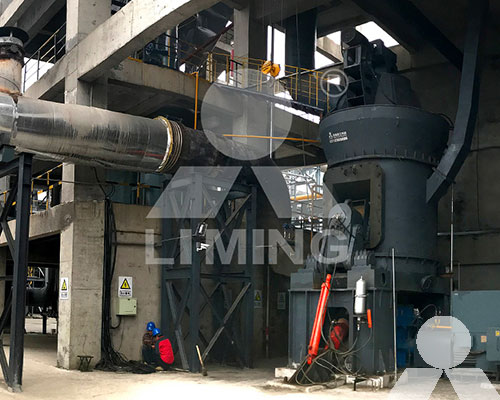Vertical roller mill for cement industry in Iran
The cement industry in Iran plays a pivotal role in the country’s economic development and infrastructure growth. To ensure competitiveness and sustainability in this sector, technological advancements are constantly sought after. One such innovation is the adoption of vertical roller mills (VRMs) for cement grinding. This article delves into the benefits and implications of integrating VRMs into Iran’s cement industry.

The Evolution of Cement Grinding:
Traditionally, cement grinding has been carried out using ball mills, but the limitations of this technology have led to the exploration of alternative solutions. Vertical roller mills have gained prominence due to their efficiency, lower energy consumption, and ability to produce cement with higher strength and reduced environmental impact.
Advantages of Vertical Roller Mills:
- Energy Efficiency: VRMs require less energy compared to traditional ball mills, resulting in reduced operational costs. This is of utmost importance in a country like Iran where energy resources may be constrained.
- Higher Productivity: The design of VRMs allows for a larger grinding capacity within a smaller footprint. This increased production rate is beneficial for meeting the rising demand for cement in Iran’s growing construction industry.
- Consistent Quality: VRMs provide better control over the grinding process, leading to more consistent and fine-tuned cement quality. This is critical in producing cement that meets international standards.
- Environmental Benefits: VRMs emit fewer greenhouse gases and pollutants than conventional mills. Given Iran’s commitment to environmental sustainability, this aspect aligns with the country’s goals.
- Reduced Maintenance: VRMs have fewer moving parts and are less prone to wear and tear, leading to lower maintenance requirements and downtime.
Implementation in Iran’s Cement Industry:
The incorporation of VRMs into Iran’s cement industry has been met with enthusiasm. Several major cement producers have already adopted this technology, highlighting its potential to revolutionize the grinding process and enhance overall operational efficiency.
Challenges and Considerations:
While VRMs offer numerous advantages, their implementation also comes with challenges that need to be addressed:
- Initial Investment: The cost of acquiring and installing VRMs can be substantial. However, the long-term benefits in terms of energy savings and increased productivity often outweigh the initial investment.
- Skill Enhancement: Operators and maintenance personnel need to be trained to handle the new technology effectively.
- Material Variability: Cement raw materials can vary in terms of hardness and composition, affecting the performance of VRMs. Robust process control measures are required to manage such variations.
The integration of vertical roller mills into Iran’s cement industry marks a significant step towards improved efficiency, sustainability, and competitiveness. By addressing the challenges and leveraging the advantages, the industry can achieve higher production rates, better cement quality, and reduced environmental impact. As Iran continues to modernize its infrastructure, VRMs are poised to play a crucial role in shaping the future of the country’s cement sector.









